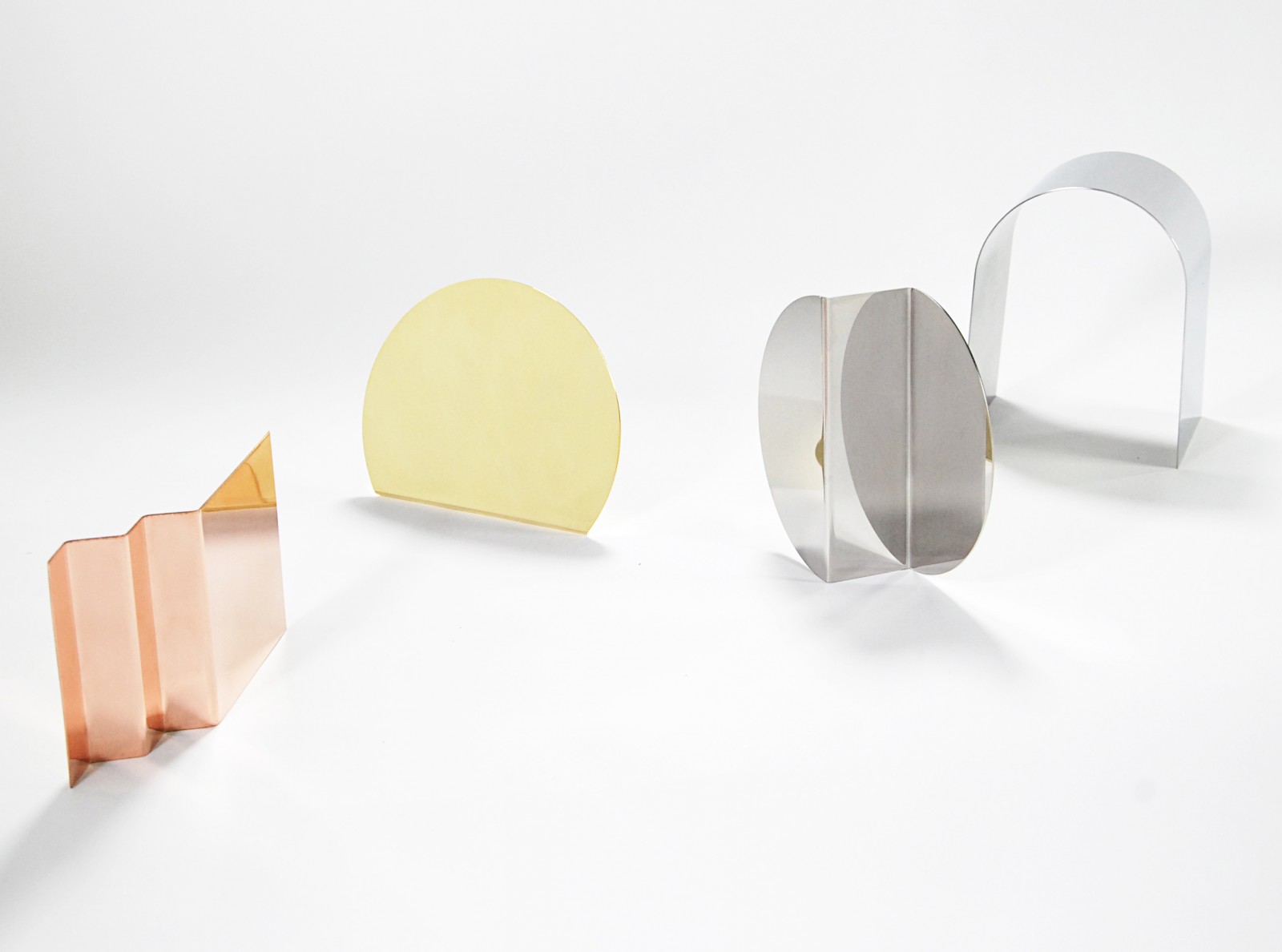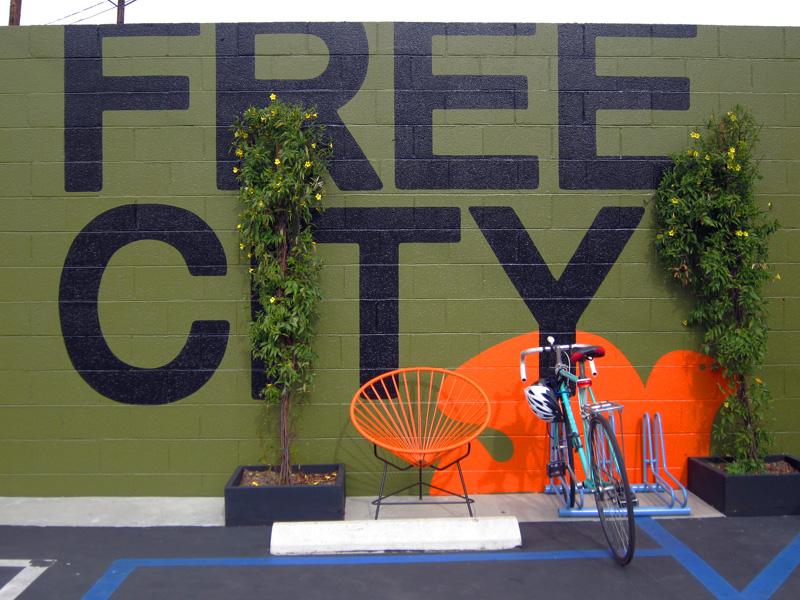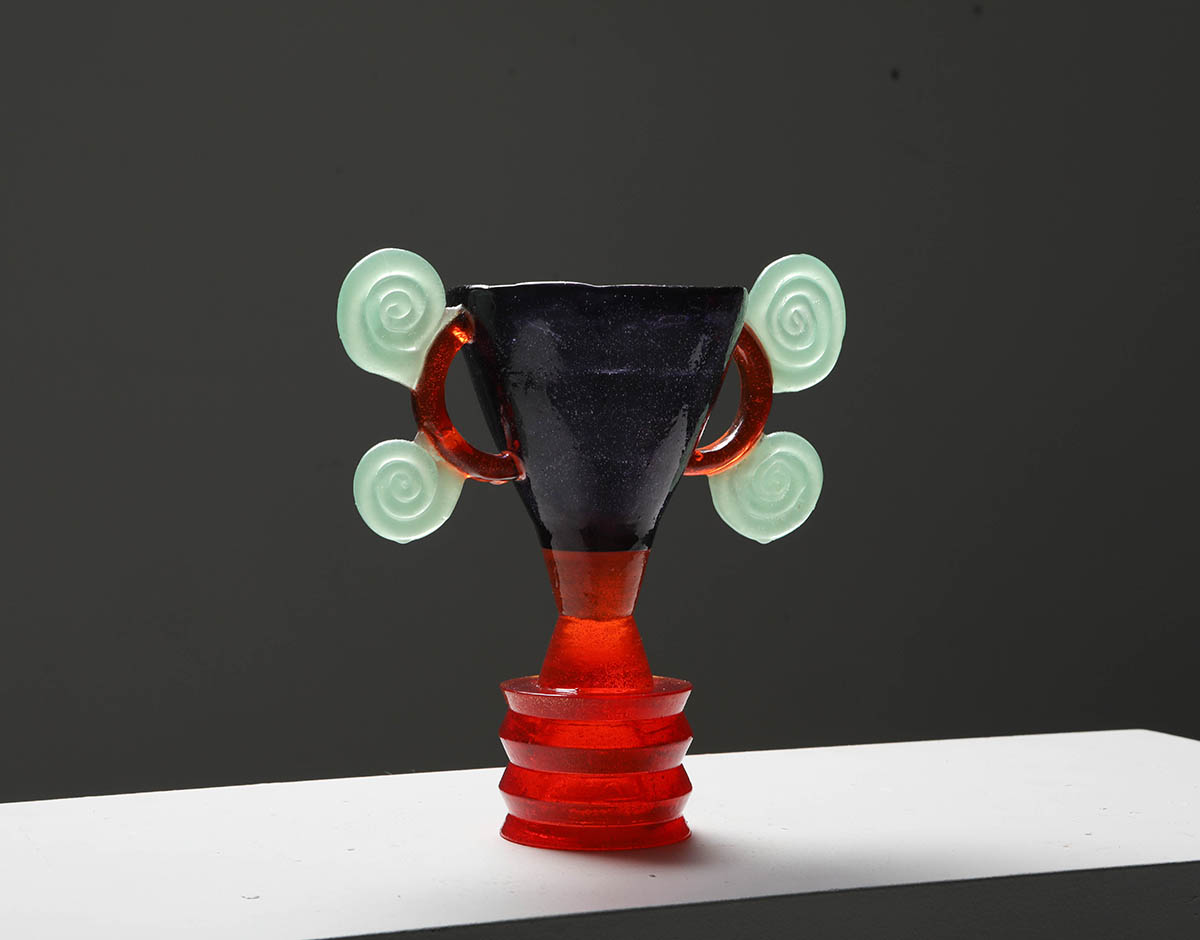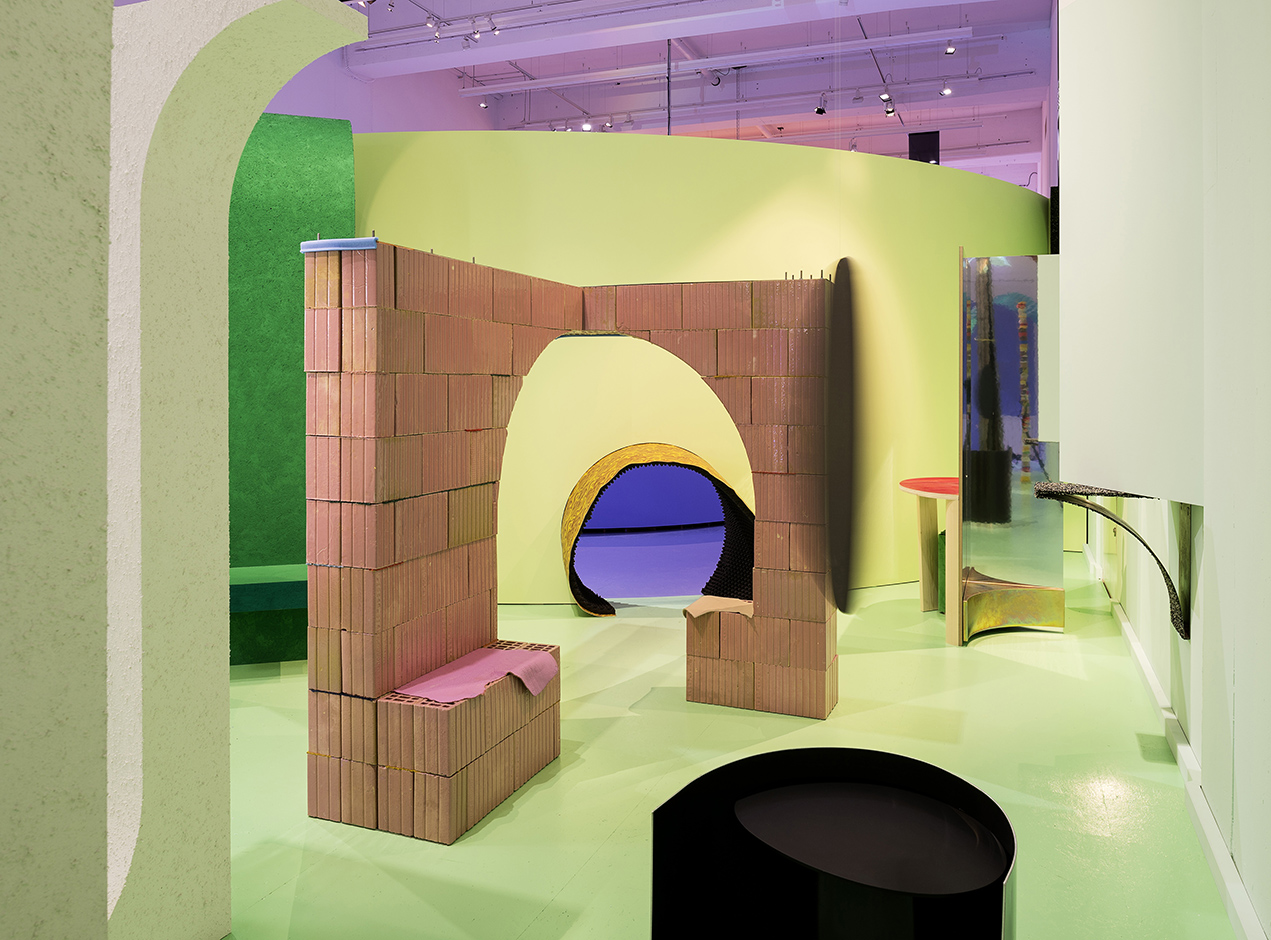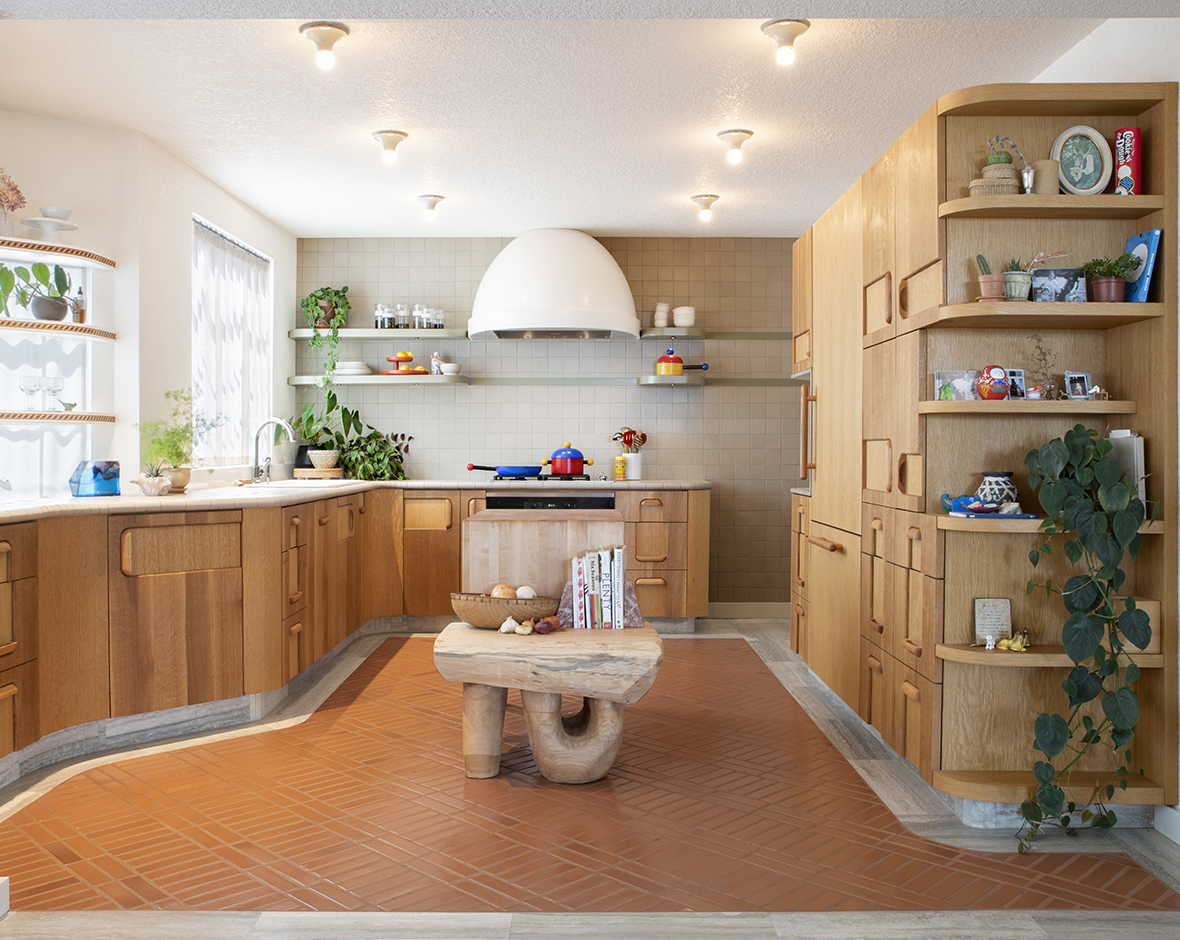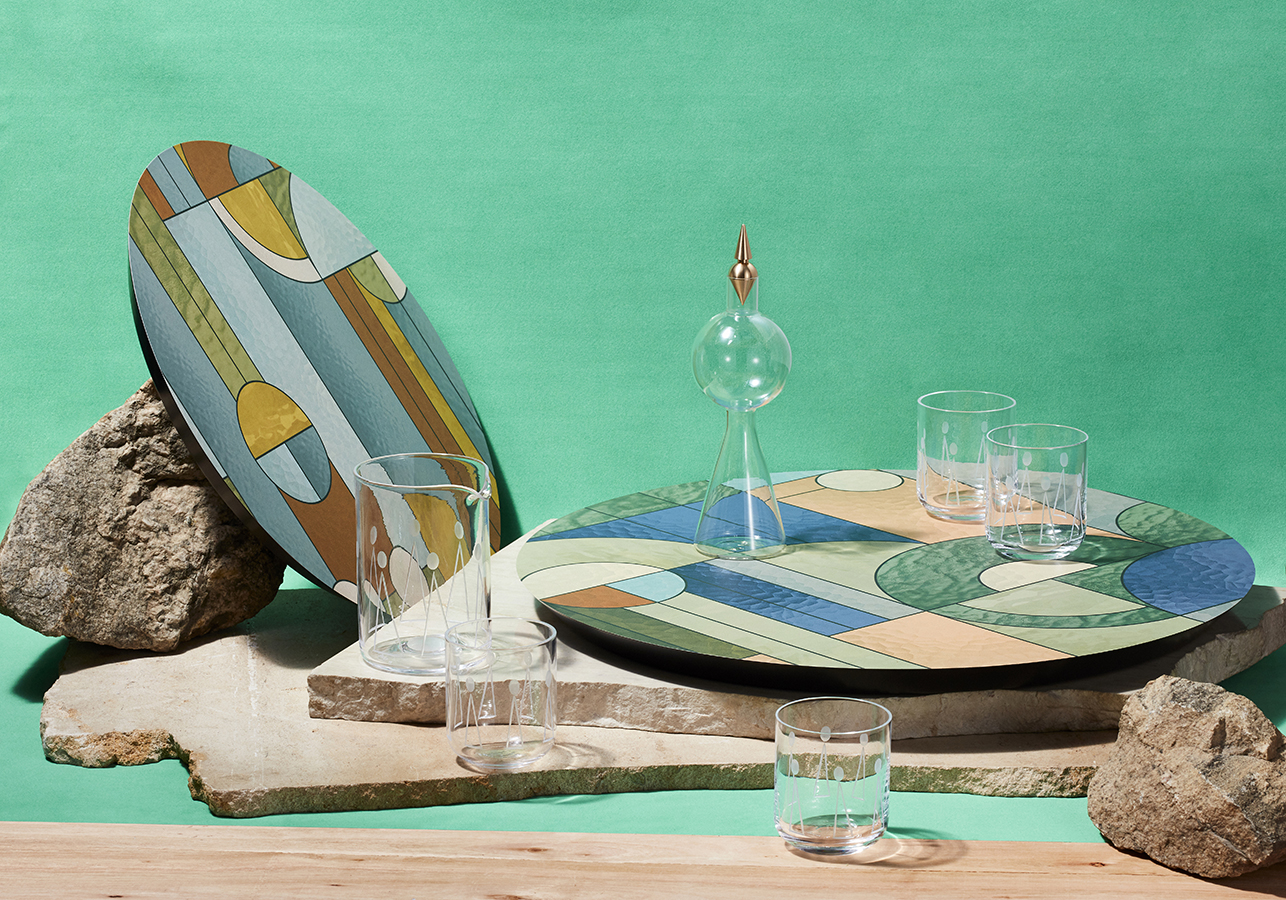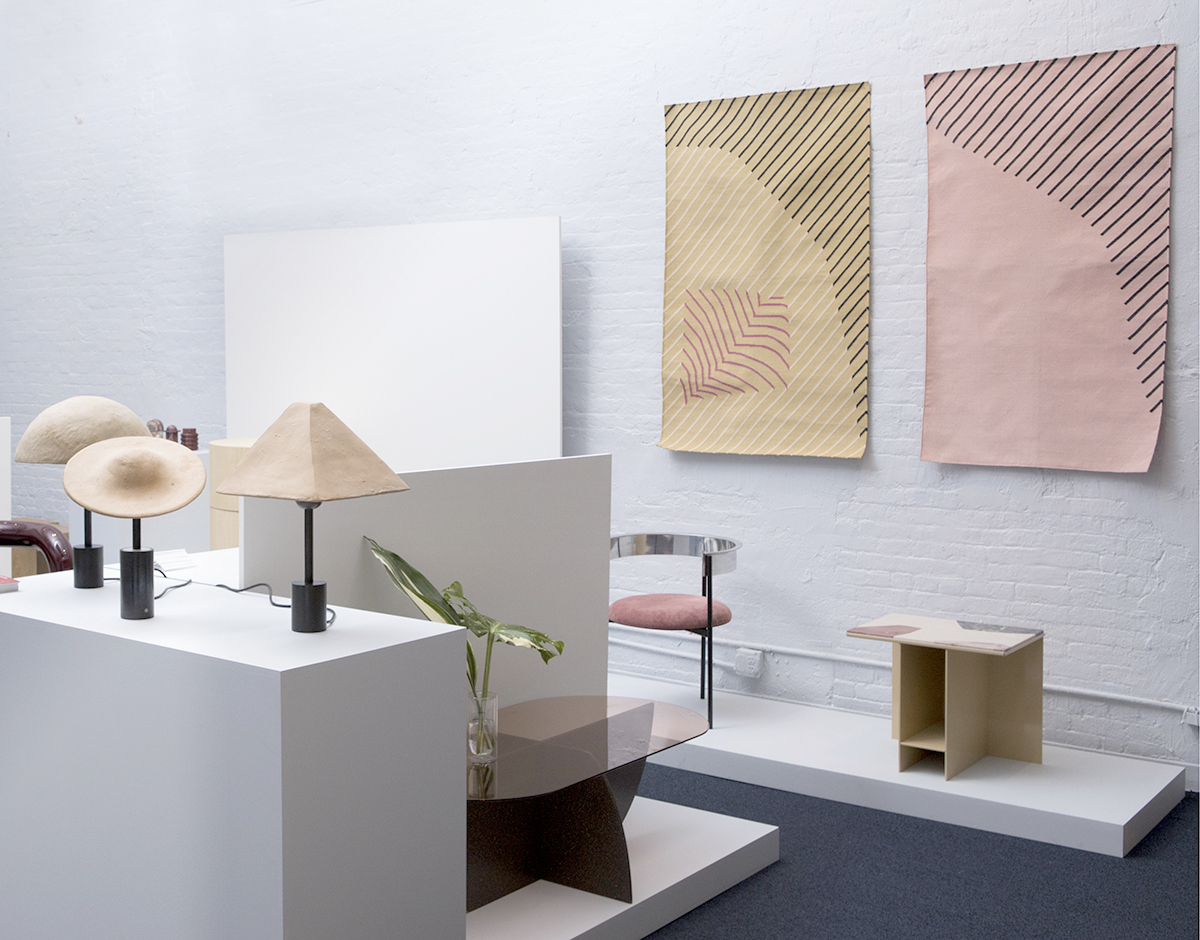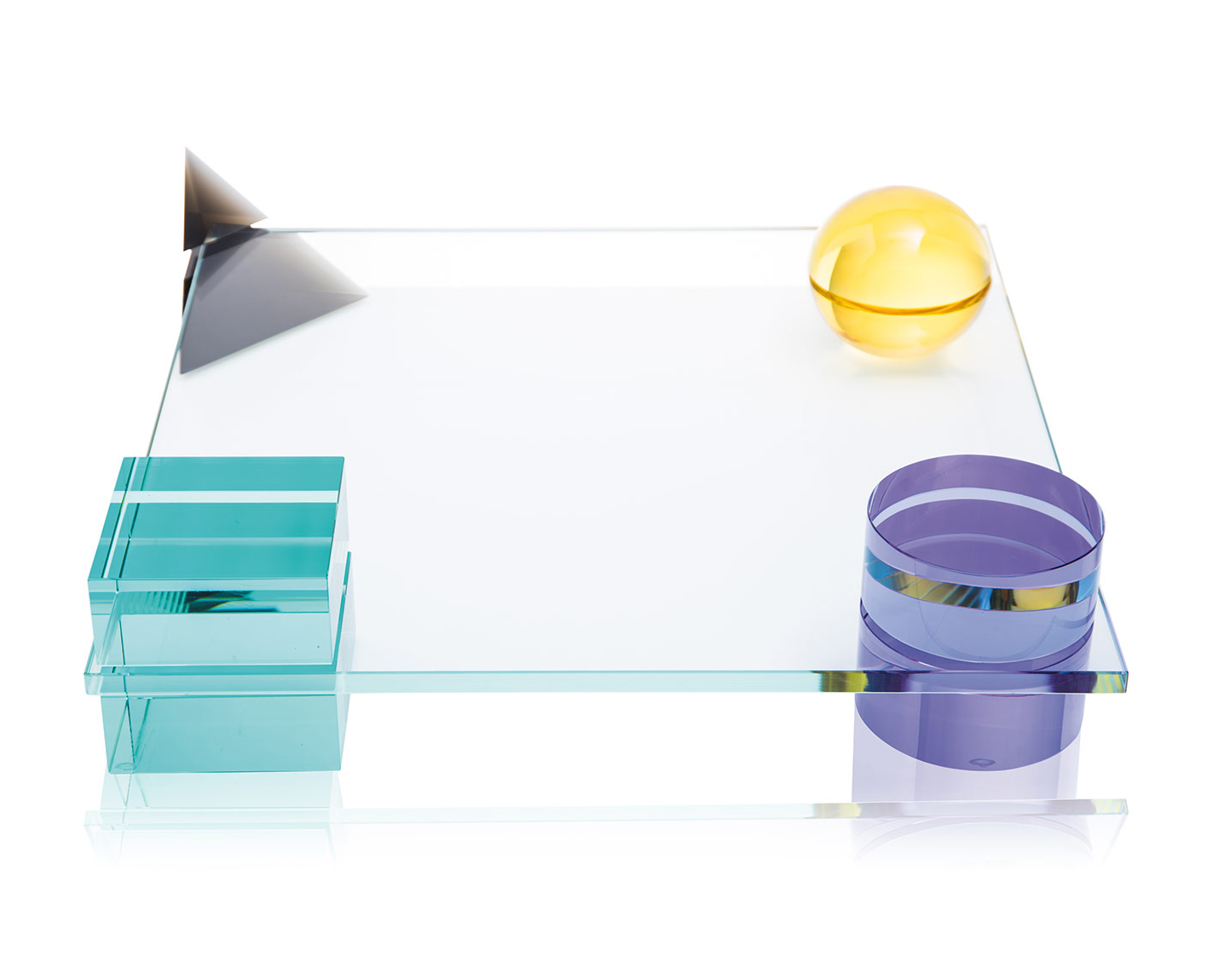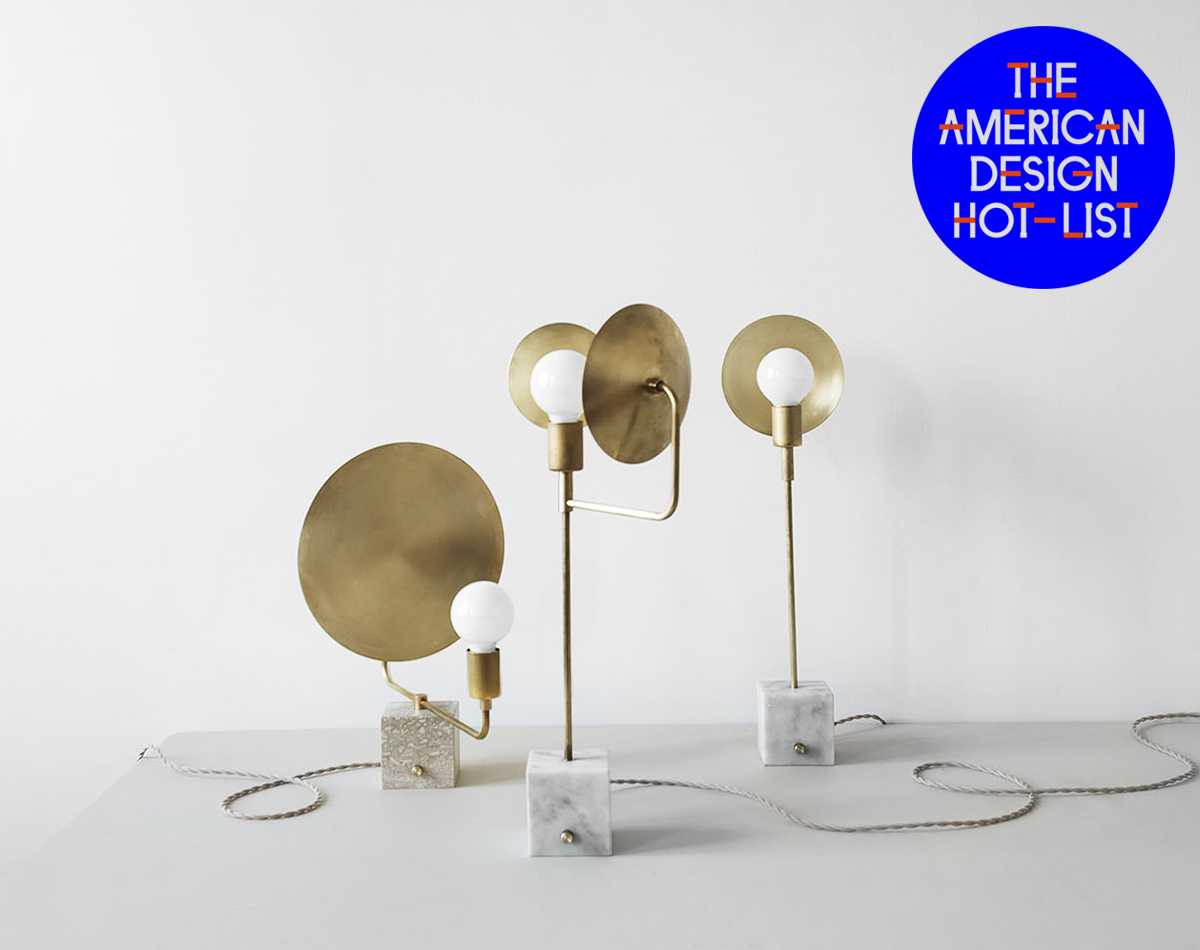Detroit, ninacho.com Fresh out of Cranbrook, this South Korean–born designer’s first furniture line plays with negative space and architectural influences. What is American design to you, and what excites you about it? Having lived in the U.S. for the past three years, I’m excited about the diversity of American design. What strikes me is that there are no conservative criteria or limitations in the discussion that surrounds design; everyone is open to accepting a new perspective. This gives me the freedom to explore new ideas — the work reflects a whole American experience without losing my own cultural identity. What are your plans and highlights for the upcoming year? This is a year of big changes. I finished my graduate studies at Cranbrook Academy of Art, and I’m now challenging myself with a new environment as I prepare to stay and work in Detroit. Detroit’s really interesting, yet also so unfamiliar. This is my first year as an official studio. I’m really excited to present my work in different places and to keep close with viewers and users internationally. What inspires your work in general? My approach to design is mostly intuitive and varies from project to project but I would say that my biggest inspiration comes from my own personal background. Though I was born in the U.S., I was raised in Korea. I believe it has naturally led me to a minimal and simplified aesthetic. The aesthetic of emptiness is traditional to Korean art. In painting, the unpainted portion of the surface is as important as the portion that is painted; it’s about respecting the emptiness as much as the object. Through practicing the beauty of the void, I respect not only the object itself but also the negative space left by it. An empty space poetically invites the air, users, surroundings, and spirit into itself. I pursue ideas of lightness and reduction in my work. Color, shape, and material must be essential to the piece and complete the work.

